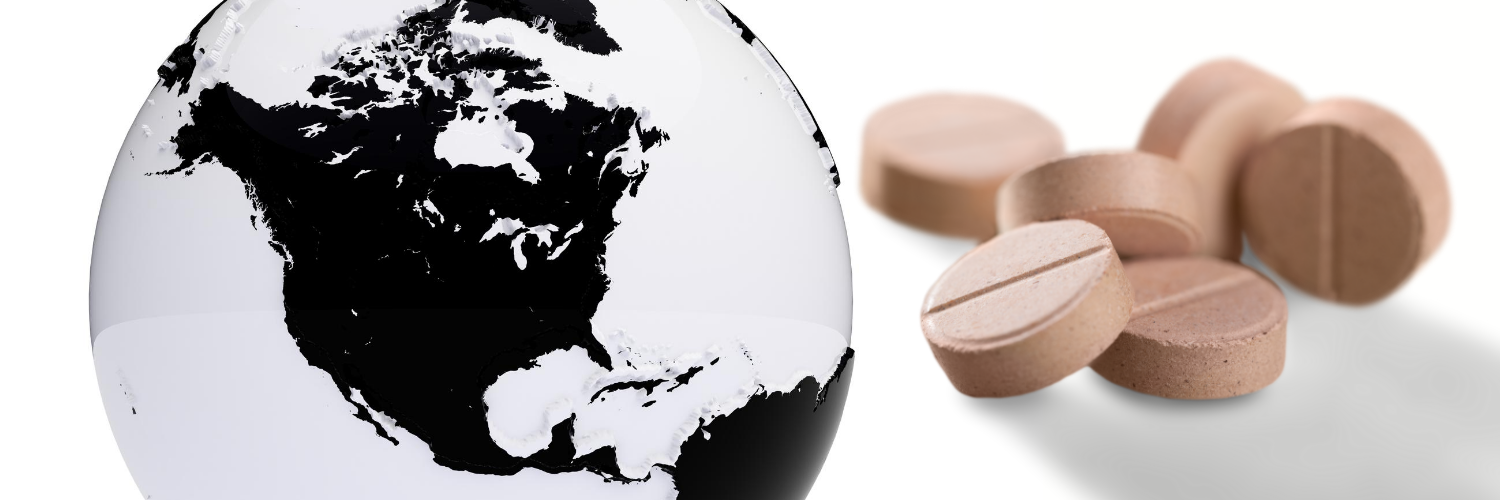U.S. insurers will pay 33% more for remdesivir than other countries

Everything comes at a price. But the experimental COVID-19 treatment remdesivir will come at a slightly higher price for U.S. commercial insurers than it will for other developed countries. Gilead announced in a June press release that remdesivir will cost $390 per vial for all developed countries and the U.S. government (which include Veterans Affairs and the Indian Health Service, among others). A full five-day course of treatment will cost $2,340 at this price. It will cost $520 per vial for U.S. commercial insurers, a 33% increase from the government price. A full-course of treatment, at this cost, will be $3,120. U.S. commercial insurers will be the only entity charged this much for the experimental COVID-19 treatment. Medicare and Medicaid, because they do not negotiate for lower drug prices, will be paying the $520 bill as well.
These prices can feel a bit useless, especially to patients, as Dr. Gloria Tavera, the co-founder of the university-based advocacy group Universities Allied for Essential Medicines, points out.
“These numbers that are bandied about are pretty meaningless to patients,” says Dr. Tavera. “These numbers become filtered and changed as they travel through pharmacy benefit managers, and insurance companies, and hospital formularies.”
In the case of remdesivir, the effect this price has on patients may be negligible. Regardless, U.S. commercial insurers will be paying 33% more for remdesivir than other high-income countries. And why is that happening?
In the words of Dr. Tavera: “Because drug companies can. There's not that much else behind it. The bottom line is, we are charged [more] because the U.S. government allows it to be so.”
A bit of background
Unlike the much-publicized hydroxychloroquine, remdesivir was not an approved drug pre-pandemic. The U.S. Army and Department of Justice developed the drug in the 2010s as a possible treatment for Ebola. Though remdesivir did not quite measure up, the drug did show some resistance to coronaviruses.
In February of 2020, following the outbreak of SARS COV-2, remdesivir entered two clinical trials in China at Capital Medical University. Capital Medical University published the results of this study in the New England Journal of Medicine in May. The study’s results indicated that remdesivir reduced recovery time — or, more specifically, time spent in the hospital — for COVID-19 patients.
Notably, on May 1, 2020, weeks before this data would be published, the FDA issued an Emergency Use Authorization (EUA) for remdesivir. This does not mean the drug is now on the market. It is to be used intravenously at hospitals for patients suffering severe infections due to COVID-19.
Why is remdesivir prescribed for COVID-19 patients?
Remdesivir is known to bypass the coronavirus’s RNA protection systems to hamper the virus’s ability to replicate. From the FDA itself:
Remdesivir is a direct acting antiviral drug that inhibits viral RNA synthesis. It is an investigational drug and is not currently approved for any indication. Remdesivir has activity in cell culture and animal models against SARS-CoV, MERS-CoV, and SARS-CoV-2.
Why is Gilead charging so much for remdesivir?
Gilead is arguing that it is going to lose money on this innovation, even with the current price tag. Gilead has been tasked with manufacturing this drug in large volume; this act alone is going to cost the company $1 billion. In an open letter regarding pricing, Gilead CEO Daniel O’Day said that remdesivir was priced “well below its value.”
Still, does Gilead’s higher pricing in the U.S. make sense?
Gilead, granted a patent for manufacturing remdesivir, can price the drug as it sees fit, at least in the U.S. commercial sector. The issue, as it has been presented in multiple op-eds, is that U.S. taxpayers funded the research that produced remdesivir. The U.S. army, the Department of Justice, the NIH, and even a public university all used public funds to produce a product that is, ultimately, private property. The argument against remdesivir’s pricing is that U.S. taxpayers have already paid for this drug.
Dr. Tavera points out:
The [U.S. Army and DOJ] screened thousands of compounds. They found what ended up becoming remdesivir. And then later, after Ebola had kind of subsided, based on a screen, they decided it would possibly be useful towards coronaviruses...The NIH has decided to take public dollars and create a patent monopoly wherein Gilead holds the monopoly.
Gilead, blessed with a product produced from public funds, then prices the product to make profit.
The matter of U.S. commercial insurers paying more than the U.S. government is less complicated than it seems. The government entities that are paying the lower $390 price already have the ability to negotiate their own drug prices. Commercial insurers don’t have this benefit, and neither does Medicare. (Medicare lost the ability to negotiate drug prices with the introduction of Medicare Part D in 2003.) As a result, private insurers bear the largest drug price burden in the U.S. Of the $333 billion that the U.S. spent on prescription drugs in 2017, private insurers took on 42%, according to a report from the Kaiser Family Foundation. Medicare accounted for 30% and Medicaid 10%. And these insurers do not valiantly bear the burden themselves: It lands on the shoulders of the typical American consumer, who now pays an average premium of over $7,000 a year for a single person, per the KFF.
How much are other countries paying?
All other “developed” countries, which include places like Canada and the U.K, will be paying the lower price of $390 per vial. To help perceived “lower income” countries get the drug at a lower cost, Gilead is lending nine international generic manufacturers the ability to manufacture the drug. If all goes as planned, these nine manufacturers will drive price competition, bringing the cost down for countries outside of the U.S. Generic manufacturers in high-income countries have not been given the go-ahead to manufacture remdesivir.
Will I be asked to pay $520 per vial out-of-pocket?
For many reasons, likely not. First of all, drug prices filter through many avenues before they ultimately reach the consumer. Second of all, this drug is a treatment for COVID-19, which means you will likely find some workarounds. Gilead CEO O’Day noted in his letter about the price of the drug that the CARES Act Provider Relief Fund — which allows providers to “claim” the cost of COVID treatment to the government — should alleviate any out-of-pocket costs patients might incur. If you find yourself uninsured and facing COVID, ask your doctor to file a claim with the provider relief fund.
Related: What to Do If You Lose Your Health Insurance
Remdesivir Costs In The U.S. vs Other High-Income Countries |
|||
| Country | Other High-Income Countries | The U.S. | Percentage Increase |
| Remdesivir cost per vial | $390 | $520 | 33% |
| Remdesivir cost per course of treatment | $2,340 | $3,120 | 33% |
Where is remdesivir manufactured?
Remdesivir is not being made at one site, as of yet, although many manufacturing sites are located in the United States. States Gilead:
We have supplemented our internal manufacturing with significant additional capacity from multiple manufacturing partners in North America, Europe and Asia. Through these efforts, we believe we have created a manufacturing network capable of producing large volumes of remdesivir at the fastest pace feasible.




